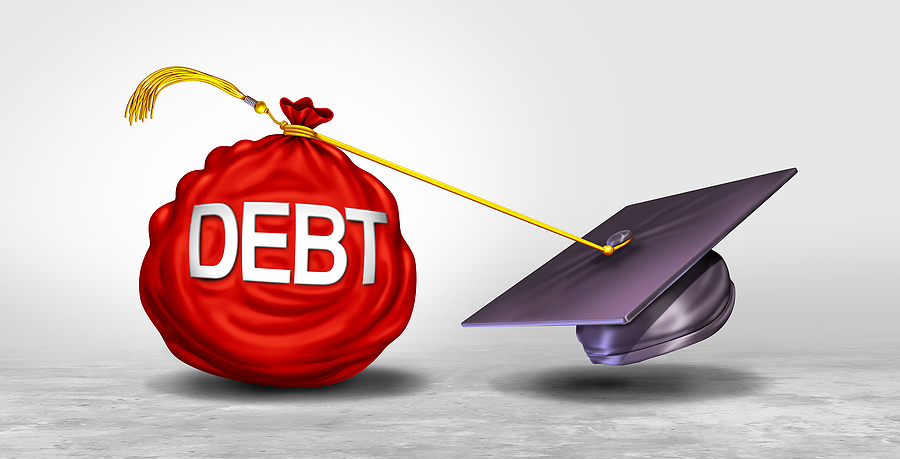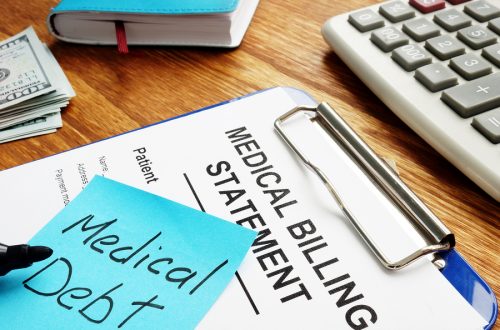Federal student loan payments are due for the first time since 2020. Approximately 28 million borrowers are now having to pay on loans they have not touched since before the COVID-19 pandemic. Many borrowers have not made a single payment on their loans and are not sure what to expect with this change.
Federal student loan payments have been on hold since the enacted forbearance on payments and interest at the start of the COVID-19 pandemic. Interest began accruing on these loans on September 1, but payments did not begin until October 1.
Each borrower’s due date depends on the person’s loan service provider, but providers should have notified their borrowers as to how much is owed and the date that payment must be received by at least 21 days before payment is due.
For borrowers who are not sure who their loan servicer is, they are encouraged to log into the Federal Student Aid website. Even if the borrower believes he or she knows their servicer, the borrower should still check on the site since servicers have changed for many borrowers since they last made loan payments.
Many borrowers are worried they will not be able to afford their monthly payments now that they have restarted or have started for the first time. The Biden administration has made efforts to make this process as easy as possible for borrowers by including a year-long on-ramp period during which any late or missed student loan payments will not be reported to credit bureaus. Interest will still be accruing on loans during this time so even if a borrower cannot afford the full amount owed, it is still wise to pay what he or she can to help stave off accruing interest.
Borrowers who are not able to afford their payments, may be able to apply for an income-based repayment plan. Additionally, the new Saving on an Affordable Education plan makes it possible to lower payments to even $0 if the borrower earns less than $15 per hour.
Many borrowers are holding out hope that their loans will still be forgiven by the current administration’s now on-hold executive order. However, the Supreme Court struck down the President’s plan to forgive up to $20,000 per borrower in June so this possibility seems more and more unlikely to occur.
Other ways still exist for borrowers to have their loans forgiven including Public Service Loan Forgiveness, which can potentially erase the borrower’s debt after 10 years in a public service career, or IDR, which forgives any remaining balance after 20 or 25 years of consistent payments.
Please click here to read more.
For borrowers who are struggling with student loan debt, relief options are available. Many student loan borrowers are unaware that they have rights and repayment options available to them, such as postponement of loan payments, reduction of payments or even a complete discharge of the debt. There are ways to file for bankruptcy with student loan debt. It is important you contact an experienced Miami bankruptcy attorney who can advise you of all your options. As an experienced CPA as well as a proven bankruptcy lawyer, Timothy Kingcade knows how to help clients take full advantage of the bankruptcy laws to protect their assets and get successful results. Since 1996 Kingcade Garcia McMaken has been helping people from all walks of life build a better tomorrow. Our attorneys help thousands of people every year take advantage of their rights under bankruptcy protection to restart, rebuild and recover. The day you hire our firm, we will contact your creditors to stop the harassment. You can also find useful consumer information on the Kingcade Garcia McMaken website at www.miamibankruptcy.com.


